G od grows a plant for every disease. Look around nature and draw from God’s pharmacy”, said the mediaeval physician and philosopher Paracelsus.
Flowers, the crowning glory of every plant, mesmerise us with their sheer beauty and effortlessly convey a host of human emotions — joy, sympathy, friendship, gratitude, love, admiration and so much more. Their decorative and therapeutic attributes were used by ancient civilisations and continue to play an important role in modern times.
Floral gifting
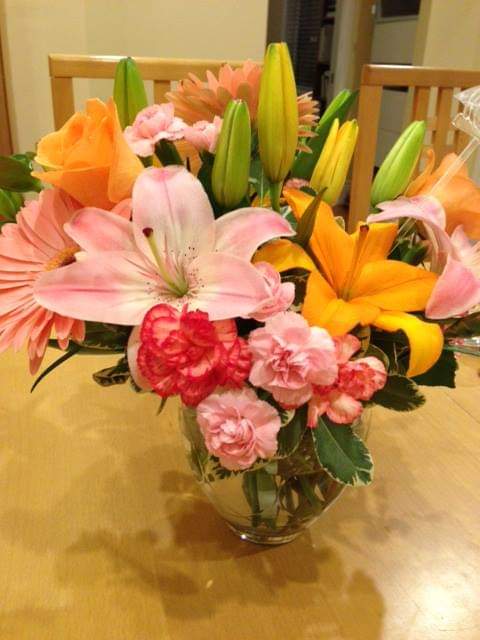
Flowers are powerful catalysts in triggering off good vibes. Studies show that a person receiving a bunch of flowers or even a single bloom, responds with surprise, joy or gratitude. In this way, flowers help to connect and bond, and the positive feelings evoked continue to benefit the recipient for a few hours. In the Chinese culture, chrysanthemums are gifted to the elderly for good health and longevity. An exchange of roses in various hues, representative of the many nuances of love, peak on St.Valentines Day and carnations witness a boom on Mother’s Day. Gifting flower bouquets reached its pinnacle in the Victorian era, where the floral visual vocabulary came in most handy to communicate in an otherwise restrained culture and secret messages were decoded depending on the variety, combination, number and colours of the flowers sent, along with their manner of presentation.
Floral tincture

In 1796, German physician Samuel Hahnemann introduced Homeopathy, based on the ‘Law of Similars’, using the principle of ‘like treats like’. Some tinctures and ointments were made from flowering plants, such as calendula to treat cuts, burns and other skin conditions, bellis perennis to heal wounds after a surgical procedure, pulsatilla (meadow anemone) for women’s health issues and bryonia (devil’s turnip) to settle down irritable patients. The potency and dosage were adjusted according to the intensity, frequency and nature of the ailment.
Floral aroma
The concentrated essential oils of aromatic flowers like lavender, rose and jasmine, rich in minerals and vitamins, are extensively used in massage blends with Base carriers such as olive, jojoba and almond oils to improve circulation, ease sore muscles, relax and rejuvenate. A few drops in a facial steam, or a foot soak is very effective. Even pets respond favourably to these subtle scents. Generally dogs go berserk during thunderstorms or loud noise and hide under furniture. A few drops of pure lavender oil, rubbed gently behind the ears and at the base of the skull, will soothe sufficiently to induce sleep. Lavender is a powerful destresser with sedative and antispasmodic effects.
The Moghul emperor Jehangir (1569-1627), in his biography ‘Tuzuki Jehangiri’ referring to the fragrance of the rose, says “there is no other scent of equal excellence…It lifts the spirit and refreshes the soul”. The rose, a mood enhancer, helps to heal the heart, quite literally and figuratively.
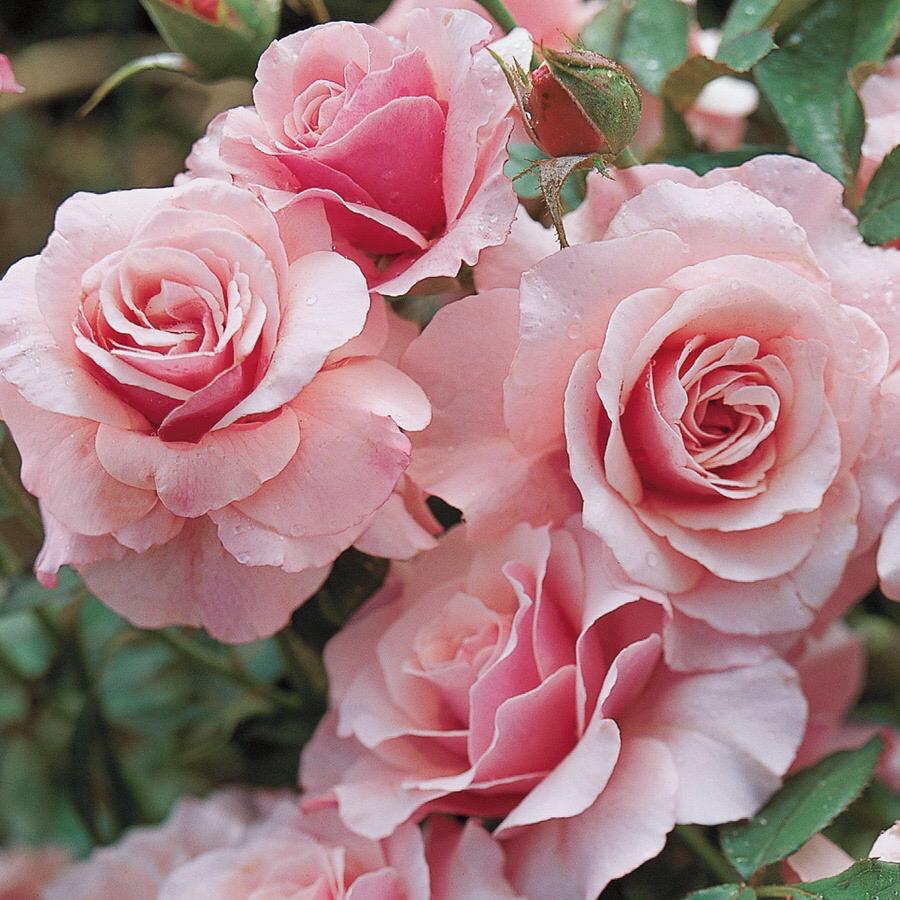
Kannauj, in Uttarpradesh has historically been the ‘Perfume capital of India’. The Indian traditional perfume is known as ‘Itr, itra, itar or attar’, and references of this are found in the seventh century biography ‘Harsh-charit’ written by Emperor Harsh’s court poet Banabhatta.The ‘Deg- bhapka’ an eco friendly but complex hydro-distillation process, fired with wood and dung cakes, was used by highly skilled perfumers. Flowers were plucked in the wee hours of dawn to ensure maximum freshness and sandalwood was the base oil. Four tonnes of handpicked roses (Rosa bourbounais) produced a kilo of rose itra. The best quality Ruh al gulab, requires eight tonnes of rose petals to produce a kilo and costs over a lakh in rupees.
Floral culinary preparations
Many flowers are edible and lend themselves to the local cuisine. They add flavour and colour to salads, entrees and beverages. Deep red banana flowers are turned into a tasty oriental vegetable. Artichoke, broccoli and cauliflower are technically flowers, and widely used in main courses and fritters. Sipping a freshly brewed cup of floral tea does wonders — Chamomile calms the nerves and relieves menstrual cramps, holy basil flowers increase immunity and rosebuds act as pelvic decongestants. The Thai make a decoction called Blue Tea using butterfly pea flowers (clitoria ternatea) – an excellent destresser that boosts brain power and combats premature ageing.
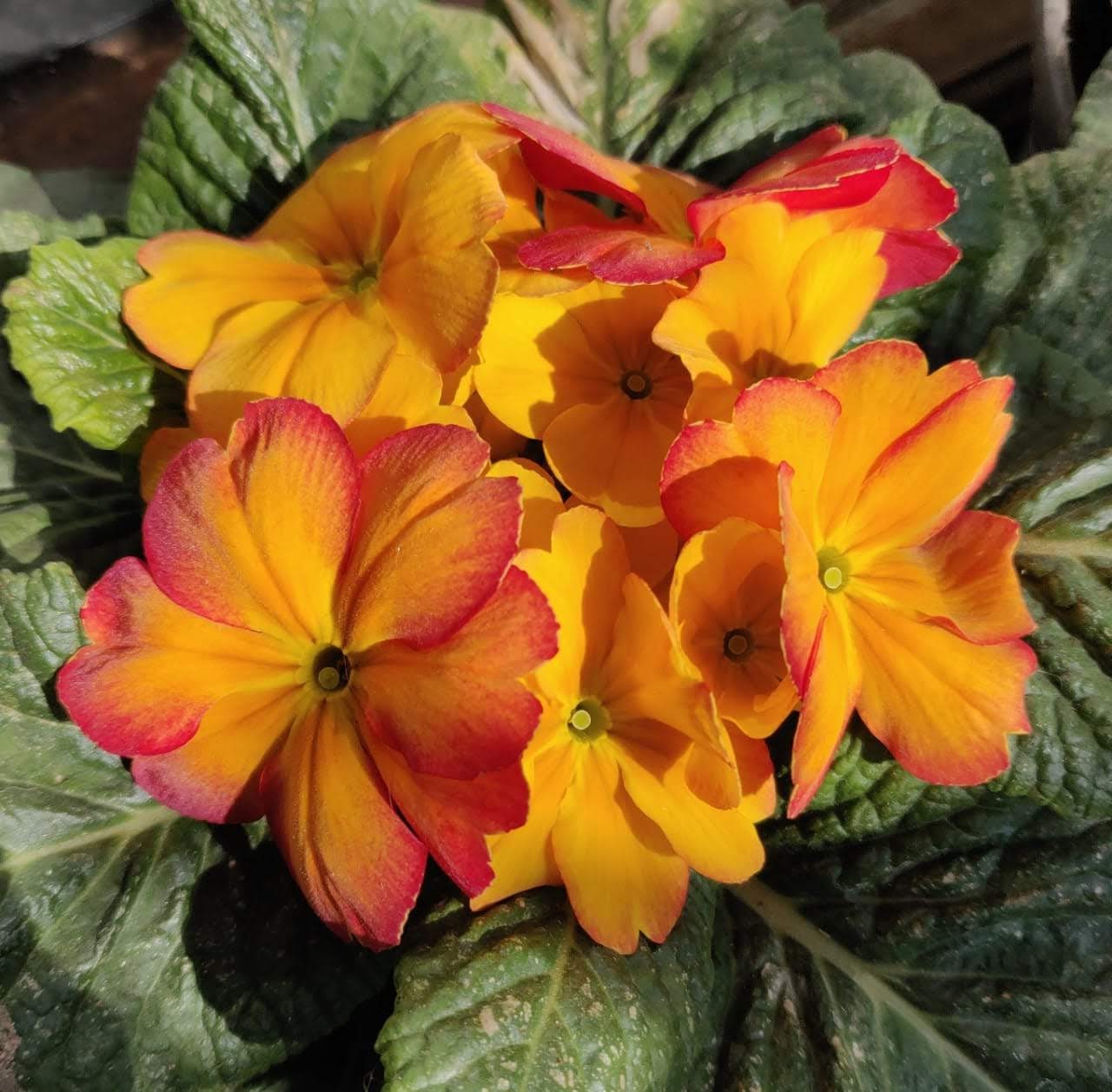
Rosella hibiscus and honeysuckle are used in sherbets; and lavender, sweet violets and bright orange nasturtiums to garnish cakes and confectionery. Saffron (the stigmas and styles collected from ‘sativus linne’, a variety of the crocus flower) aids digestion and is added to sherbets and especially to sweets cooked with milk.
Country wine is made combining flowers with seasonal fruits, berries and herbs. Rose petals bring in a whiff of romance to the wine, dandelions combined with ginger act as a liver tonic, ox- eye daisies assist with coughs, and elderberry flowers boost immunity. Some flowers are added to regular wine made from grapes, to add an enticing floral note, such as the apple-blossom, sweet acacia, iris, peony, magnolia, tangy orange blossom, and peppery lilac. Unwittingly, the charming innate qualities of each flower also reach out to affect the drinker, at a subtle level.
Floral essence
Dr. Edward Bach, a British physician and casualty medical officer, after extensive research, found a system to balance mental and emotional disturbances. Around the 1930s, he had developed 38 flower remedies and grouped them under seven predominant negative emotions, including grief, fear, envy, indecision, rigidity, fatigue and selfishness. A floral essence is the liquid infusion of a flower’s life force or ‘chi’, and a few drops taken internally bring about changes in our thought patterns and emotional reactions. The tiny yellow rock rose gives the courage to face and tide over severe challenges; gentian to dissolve despondency, wild rose ( this five- petalled beauty is the grandmother of all cultivated varieties) for apathy, and honeysuckle to let go of the past. He combined five flower essences, namely ‘Star of Bethlehem’ for shock, rock rose for panic, impatiens for agitation, cherry plum for loss of emotional control, and clematis for bemused feeling and fainting, to form the Rescue Remedy which is useful in any emergency or crisis situation, such as an accident.
Flower therapy known as ‘ Pushpa chikitsa’ has a distinct place in Ayurvedic and Siddha systems of medicine. The Jain monks are avid followers of this, as it is based on the principle of ahimsa or non violence. Floral essences or pushpa ark are made by the transfer of the energetic vibration of the floral material such as marigolds, lotus and jasmine, and often accompanied by charging the water with powerful chants of invocation, and gratitude during the process. In many cases, where the flowers are linked to a specific god or goddess, that particular deity is invoked with special rites. Devotees believe that this increases the efficacy of the healing properties of the flower essence. (For example, the red hibiscus is offered to lord Ganesha and goddess Kali, and the swallow wart to lord Hanuman). Gulab jal or rosewater cools inflamed eyes, Ashoka flower dispenses grief, ixora encourages sexual expression, rakta pushpa ( bauhinia purpurea) corrects urinary disorders, athibala (abutilon indicum) settles down nervous system ailments, and kadamba (anthocephalous cadamba) helps lactation.
The lotus essence as a potential healer for extreme psychological problems is being researched by psychiatrist and flower essence practitioner Dr. Marina Angeli. This may benefit patients whose natural defense mechanisms have deteriorated because of prolonged or multiple trauma, resulting in a build-up of emotional toxicity. It would help patients, even those suffering from cancer, who have lost their inner sunshine and feel life has become a burden. Flower essences help to unblock unhealthy energy pockets and rebalance and restore harmony.
Floral vibration
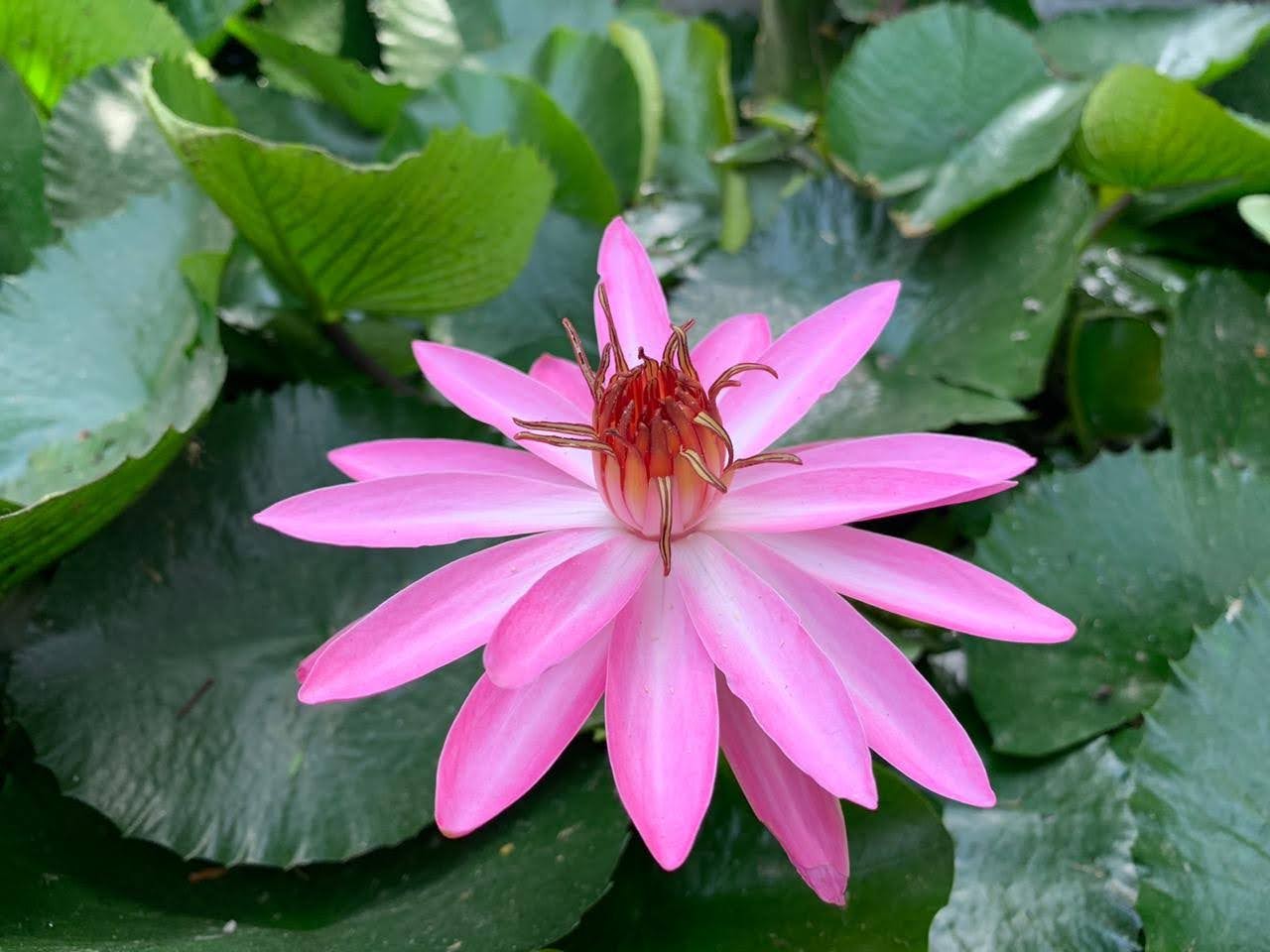
“Life must blossom like a flower, offering itself to the Divine” said Mirra Alfassa,( also known as Mother of Sri Aurobindo Ashram in Pondicherry). She continues that “Flowers bring a touch of eternity, joy and beauty which lie beyond the sorrows and cares of the human world. A conscious and intimate relationship with flowers can give an experience of communion with the divine and awaken true consciousness in us”. She studied 900 flowers and has compiled their spiritual significance, after experiencing each one. Flowers are living entities with a distinct soul vibration that can only be perceived by a meditative mind. By tuning into their frequency, we can awaken those same qualities within us, by subtle vibrational resonance. This leads to our inner transformation and healing. Hibiscus displays power, chrysanthemum – vital energy and roses of different types in varying shades cover the entire spectrum from friendship, romance, passion, parental affection, protective tenderness, compassion to the highest frequency of pure unconditional love.
Often, the ethos of a country get reflected in its national floral emblem. The alpine regions of Switzerland and Austria sport edelweiss- a star-shaped, pristine white flower denoting purity, nobility and patriotism; Singapore’s orchid represents exotic beauty and sophistication; Japan’s cherry blossom or sakura symbolises hope and renewal; South Africa’s protea stands for courage and transformation.( Protea has prehistoric origins and gets its name from Proteus, the son of the Greek god Poseidon, who would frequently change his appearance to avoid detection, so he could enjoy a carefree time). Egypt and India, sport the lotus, symbolic of purity, perfection, and spiritual enlightenment.
The therapeutic properties of flowers are widely used in healthcare and beauty products ranging from creams, lotions, balms, salves, to herbal potions, poultices and potpourri.
Flowers are indeed precious signatures of heaven’s artistry, that heal with their myriad colors, fragrance, and medicinal properties. Their unique energetic blueprint brings in unbelievable transformation at the cellular and subtler levels. As Oliver Wendall Holmes said, “The Amen of Nature is always a flower.” So, let us open ourselves to letting their magic work.

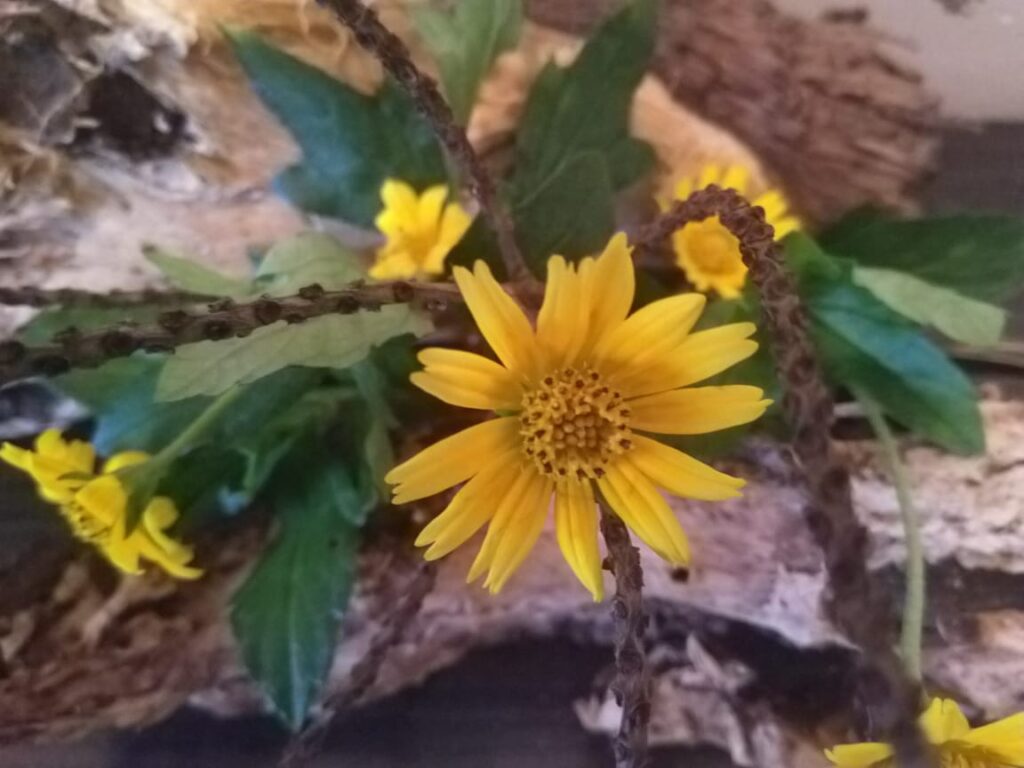
 [/column]
[/column]